Great schools depend on strong communities. Strong communities, in turn, require great schools. In Idaho, many education leaders are working to bolster student success with the “community school” model. The announcement of a new federal grant marks a significant stride toward expanding this proven approach across our state.
Community schools recognize that students come with families — families who need to be engaged in their children’s education and who often need connections to resources to thrive.
Four Boise schools first launched the national model in Idaho in 2016. Today, Idaho has 41 community schools across 25 districts. I was fortunate to see the difference firsthand at my children’s elementary school: parents are frequently invited into the school to engage with their student’s learning, staff coordinates parent support classes, partnerships with food banks fuel in-school pantries, and coordinators connect parents to nonprofit resources when they are facing homelessness, healthcare needs, and other challenges.
The community school approach is backed by research demonstrating better student attendance, reductions in disciplinary events, and improved achievement. Unfortunately, a major limiting factor in their expansion in Idaho has been funding. We have a patchwork of haves and have-nots when we ought to ensure every child can attend a community school. This is why our new federal investment is so exciting.
U.S. Secretary of Education Miguel Cardona’s recent visit to Idaho underscores the promise of this opportunity. Idaho will receive a Full-Service Community Schools grant totaling $6.5 million annually from the Biden Administration to expand the reach of community schools. This will mean 50 additional schools implementing the model, specifically targeting rural areas and Title I schools, which have higher portions of families facing low wages.
The Marsing School District has demonstrated the lifeline that community schools provide in rural Idaho. In the absence of state-funded preschool, the district established early learning programs at the local community center and partnered with neighboring districts to create a special education partnership. When the local food bank and senior center closed, the school district and community partners collaborated to create a school resource center. Marsing illustrates how community schools fill critical gaps in services, especially in regions where resources are more spread out.
The success of community schools across diverse landscapes is partly why they have broad political support. They also provide a stark contrast to school vouchers, which siphon critical taxpayer dollars to private schools with no oversight or accountability.
We must make smart investments in the promise of public education and offer real solutions to the unique challenges faced by students and families. Idaho Democrats will continue to support initiatives to ensure every student has the opportunity to succeed.
